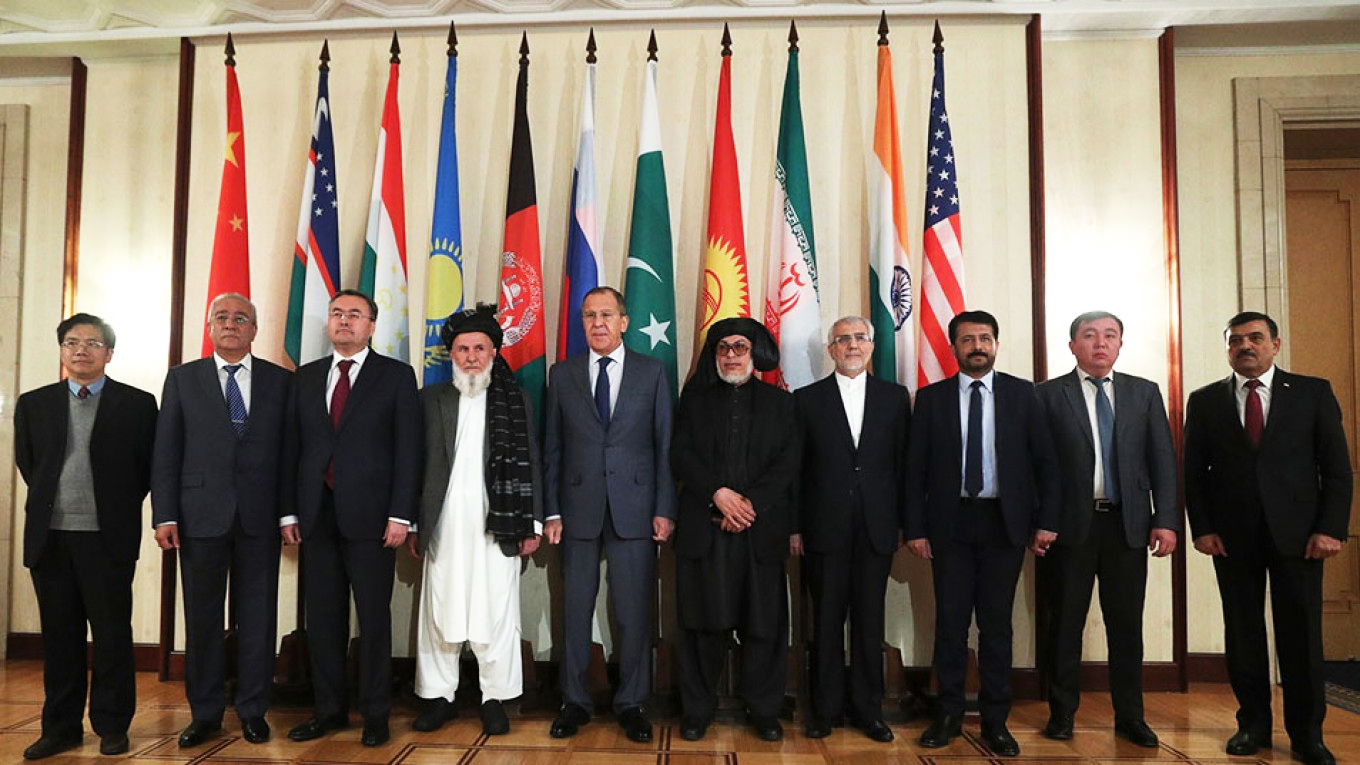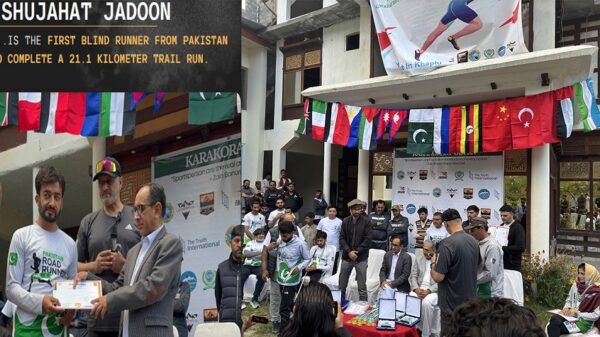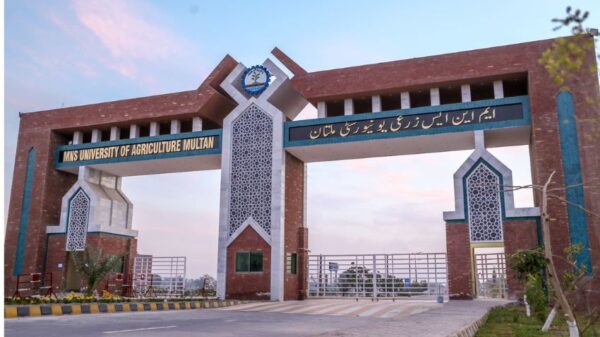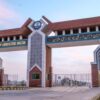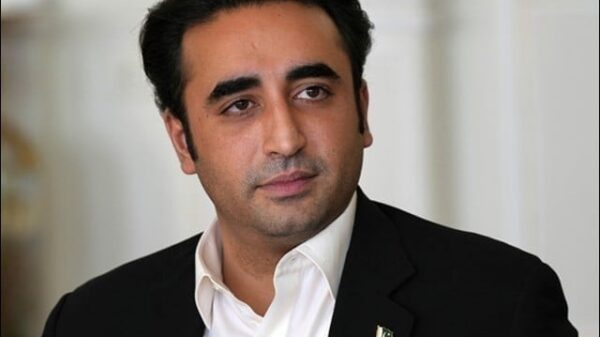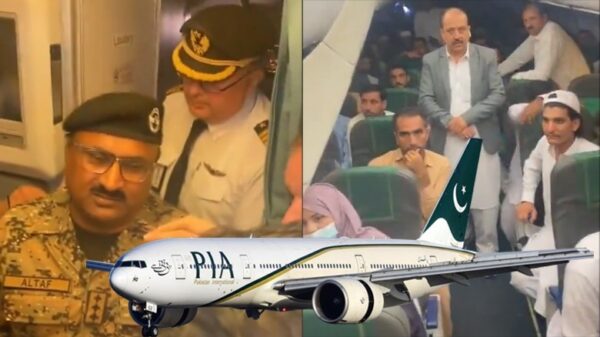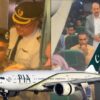The triumphant entry of the Afghan Taliban in capital Kabul on 15 August 2021 took the world by surprise. The Taliban, no doubt, registered remarkable victories at the battlefronts but despite their stunning victories on the ground, the group is faced with a number of challenges ahead on how to run the affairs of the state.
Some of the most frequently asked questions are how to govern the war-torn country, how to boost the shattered economy, how to rebuild the militancy-hit country, how to bring the brilliant brains back home and how to relocate millions of IDPs.
However, by far the most important question at this point is how to maintain the law-and-order situation in a country that saw decades of wars, militancy, and terrorism.
The Taliban, while inking a deal with US administration on 29 February 2020 assured the international community they would disassociate themselves from the internationally designated terrorist organization Al Qaida.
They also assured the international community that their soil would not be used for any terrorist activity following the NATO forces’ withdrawal from Afghani- stan. Now it is time for the Taliban to deliver on those commitments.
Afghanistan is host to dozens of terrorist organizations. However, the presence of the Pakistani banneed terrorist organizations on Afghan soil remains a major challenge for the Taliban future administrative set up to deal with.
The Pakistan based militant outfit TTP was forced to shift its bases to the neighbouring Afghanistan in the wake of the Zarb-e-Azb military operation in June 2014. After finding sanctuaries in the country’s eastern provinces of Kunar and Nooristan, the group was able to reorganize itself.
However, the group gained momentum after the reunion of its splinter groups – Jamat ul Ahrar (JuA) and Hizb ul Ahrar (HuA) in the parent organization TTP in August this year under its Amir Mufti Noor Wali. The group has been hitting Pakistani installations from across the border in the past.
The Taliban’s takeover of Kabul is seen by many as another encouraging factor for the group’s potential strength. The release of TTP’s former deputy Amir, Mullah Faqeer Muhammad alongside other war prisoners from Bagram Airbase after the Taliban’s takeover of Kabul generated heated debates in Pakistani media about the future of the Afghanistan based Pakistani militant organization.
A considerable rise in the target killing was witnessed in former FATA during the current year. According to media reports at least 45 people have been targeted killed so far only in North Waziristan during the current year.
The rise in the militant activities in North and South Waziristan and Bajaur districts in the recent past is said to be the direct outcome of the reorganization of the almost defunct militant group Tehreek-e-Taliban Pakistan (TTP).
In an interaction, the Bajaur based tribal elders and business community members revealed every other businessman has been receiving unknown calls from the extortionists and criminals. Kidnapping for ransom was on the rise.
“If one fails to pay the amount demanded by bhatta mafia (extortionist), he has to face the consequences”, said Sheikh Jehanzada, an influential tribal elder and nationalist political activist in Bajaur who survived two rocket attacks at his house in the recent past. “You would either be kidnapped and tortured or killed”.
The Janikhel tribe from the former Frontier Region (FR) Bannu organized a sit in after the assassination of Malik Gul Naseeb Khan on 31 May by unknown assailants. The tribesmen came out on the streets to demand the arrest of the killers immediately after the assassination of the influential malik.
The protesters refused to bury the slain chieftain, and vowed that they would continue the protest until the killers were punished. The sit in continued for consecutive 28 days to attract social and political activists and human rights defenders.
On the 24th day, the protesters started a long march towards Islamabad but the authorities’ erected barricades at Tochi Bridge to stop their advance on the federal capital. As a result, the clashes between police and protesting mob left one man killed and dozens more injured.
As per the plan the protestors had to move on to Islamabad to protest in front of the Parliament, then move on to Supreme Court of Pakistan before marching towards General Headquarters (GHQ), Rawalpindi
and later the office of the United Nations (UNO) in Islamabad but the protest was called off after they were assured of arresting and duly punishing the perpetrators.
This was the second such incident during the last few months. Earlier on 21 March 2021, mutilated bodies of four teenage boys were found in Janikhel area. Two of them had been beheaded, while the remaining two had been shot dead.
Aged between 13 and 17, the youngsters had disappeared without trace some three weeks before after going on a hunt.
The evil nexus – involving TTP, ISIS and small time terrorist organizations such as BLA and FLF – is a potential threat to the regional stability, some of the security analysts believe.
On the other hand, the rising terrorist activities of ISIS in Central, Northern and specially Eastern Afghanistan pose another serious threat to the regional stability. This perception got credence after the bloody attacks in Kabul during the evacuation of the NATO forces from Afghanistan.
The triple attacks by the group targeting the airport in the high security zone left over 70 people dead including 13 withdrawing US troops. The ISIS claimed responsibility for the attack.
IS-K exists in small cells with majority of them in Kunar and Nangrahar provinces in the east of Afghanistan that shares a border with Pakistan. They were also reportedly establishing pockets near the borders of Central Asian countries – Tajikistan and Afghanistan.
Hundreds of IS-K prisoners were also amongst those who were released from Afghan jails in the recent Taliban move.
The group draw its ranks from Pakistani and Central Asian fighters. After the Taliban takeover of Kabul, it is widely believed that the group may make a global call for intensifying war against the Taliban by dubbing them as traitors who betrayed the cause of Islam. Some believe they may mount guerrilla operations.
TTP and ISIS have long been lived together in Afghanistan. Some of the IMU followers have also joined ISIS. Some of the analyst fears the disgruntled elements from the Afghan society along with members of the former Afghan National Army can also join the evil nexus to form a united front against the ruling Taliban.
Mr. Shahab Al Muhajir, the head of the IS-K has introduced a lot of changes in the structure and format of the organization to equip and organize the groups along new lines. The Taliban have established a unit called Badri313 to fight the group.
At the same time Taliban have to cope with the challenge of the presence of sleeper cells of Pakistan based separatist organizations – the Baluchistan Liberation Army (BLA) and Baluchistan Liberation Front (BLF).
The Taliban kept their word by addressing the concerns of China on the question of East Turkistan Islamic Movement (ETIM),
of Russia and the Central Asian States on the presence of Islamic Movement of Uzbekistan (IMU), and of Iran on the activities of Iran based Jaish Al Adl in Afghanistan.
This is no doubt a big challenge for the Taliban to take action against their long-time allies who have lived and struggled together against a common enemy. But the Taliban have a long list of compulsions and this is one of them.
The Taliban need international recognition for legitimacy, funds for running the state institutions, aid for rehabilitation of the displaced communities, expertise for running the affairs of the state, and technical assistance and foreign investment.
To meet these challenges, the Taliban must climb down from their harsh and maximal-ist stand and make some compromises, especially concerning women issues, fundamental human rights, and freedom of the press.
In turn, the international community must ride to the rescue of the nation on the brink of disaster.
In view of the harsh memories of their five years rule (1996-2001), the anti-democratic, conservative and pre-scientific outlook of the Taliban worries many at home and abroad. Their recent statements speak for their change of mind. However, it is yet to be seen how the Taliban translate their words into action.
On the other hand, to what extent can the international community honour its economic commitments also remains a million-dollar question.
During the two decades of their stay in Afghanistan, the US spent trillions of dollars raising, training and equipping the Afghan national army and building socioeconomic and political institutions.
Abandoning Afghanistan at this stage would mean an open invitation to the international terrorist organizations to arrive in Afghanistan. Since US is largely responsible for the current situation in Afghanistan, it must join hands with international community to help Afghani- stan out of this crisis.
The international community should not repeat the blunders it committed after the withdrawal of USSR in 1980s. And last but not least, regional actors must refrain from meddling in the internal affairs of Afghani- stan. In this context China, Russia, Saudi Arabia, Turkey, Iran and Pakistani merit specific mentions.
On the other hand, Pakistani should maintain a higher level of commitment towards Afghanistan’s peace and stability. This would not only earn Pakistan a good name in the eyes of the Afghans who believe Pakistan, still following its policy of strategic depth, is responsible for all the chaos, disruption and disorder in today’s Afghanistan but also help wash away the label of a foul player for its dubious role in the past.
Sincere efforts to help build peace in Afghanistan should help Pakistan a) secure its eastern borders b) earn a good repute as a peace builder in the eyes of the international community and c) mend its fractured ties with Afghanistan.
Looking at the events unfolding in Afghani- stan, some analysts foretell a dark future for the former trial areas of KP. But those keeping an eye on the recent developments in Afghanistan and specially the ongoing peace endeavours in Doha, Qatar interpret the situation differently.
The Afghan Taliban getting a major share in the future administrative set up would come as a good news for the Afghanistan based Pakistani Taliban who have been their natural allies.
However, there is room for optimism that the Taliban, now more mature and with good knowledge of ground realities and demands of the international environment, in compliance with the February 2020 agreement, would make all possible efforts to deny the TTP sanctuary in Afghanistan. This should greatly help them build good working relationships with Pakistan alongside other members of the international community.
The Pakistani Taliban could either be accommodated in the future administrative set up of Afghanistan or may be rehabilitated in the Afghan society if they face challenges in getting relocated in Pakistani society. It is pertinent to mention here that people from the tribal regions own a lot of properties in Logar, Ghazni, Gardez and Maidan wardak districts in Afghanistan. Three of the top political managers in the President Ashraf Ghani led team were from North Waziristan.
Alternatively, Pakistan can also engage with the TTP. They are also sons of the soil who went wrong after developing a sense of frustrations and deprivations over the year. The country can devise a strategy for rehabilitating at least the soft-core militants into the society who want escape from the militant ranks of their parent terrorist organizations.
Pakistan can benefit from the experiences of Sri Lanka and Saudi Arabia in this regard. The former FATA and Baluchistan have similar stories. The leadership should also engage with the BLA and BLF to address their genuine demands.
Those elements who want to fight back, Pakistan in collaboration with the Taliban government will require to enhance security arrangements along the Pakistan-Afghani- stan border besides enhanced surveillance to monitor, track, and arrest those militants.
ISIS is a common enemy. To eliminate and kick them out of the region, the Afghan authorities in collaboration with the regional actors can launch coordinated efforts against this common enemy by intelligence sharing and launching joint operations.
The international community and specially the regional actors should demonstrate sincerity, honesty and dedication to the greater cause – the promotion of peace in the war-ravaged region. If we miss this golden opportunity once again, not just Afghanistan but the entire region will suffer the consequences.


